(1218 products available)





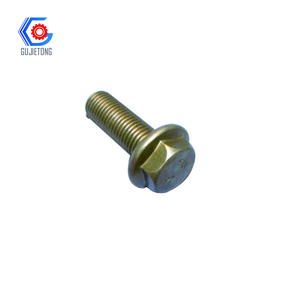





























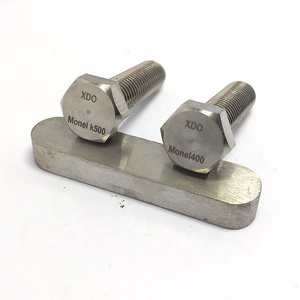

















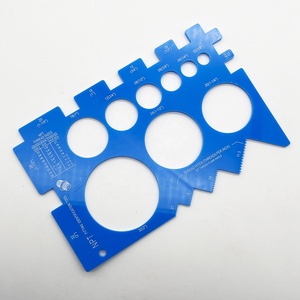
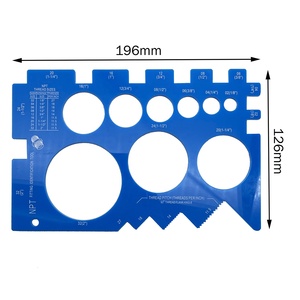

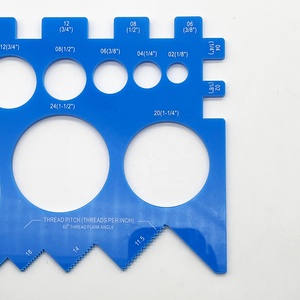



























































































































































The type of screws chosen is influenced by the characteristics of the material being worked with. Below are the commonly used screws with their distinct features.
These screws have a coarse thread that allows them to grip the wood firmly. Usually, they have a tapered tip that aids in cutting through the wood. They are generally utilized in woodworking projects and building furniture, cabinetry, and structures of wood.
These have threads designed to bite into thin metal sheets, often considered a finer thread than wood screws. They come in different materials ranging from steel to copper-plated sheet metal, automotive parts, HVAC systems, and various industrial applications.
They are screws that are utilized to fasten nuts, bolts, and washers to a machine. They are available in different sizes, materials, and lengths. They are used in machines and electronic equipment with fine threads. Their design allows for a sturdy connection in mechanical applications.
They are designed to create their own thread as they are screwed into the material. A pilot hole may or may not be required depending on the screw and material. Offers great convenience and versatility in plastic, metal, and wood. Eliminates the need for pre-threaded holes.
They are heavy-duty fasteners for structural work in construction projects. A large, coarse-threaded wooden screw is used for superior gripping power in load-bearing applications. They are commonly used in heavy-duty applications where a strong, secure joint is required. Such applications include decking, framing, and supporting beams.
| Specification | Important Features |
|---|---|
| Material Composition | Steel, Stainless Steel, Brass |
| Corrosion Resistance | Coating and Corrosion |
| Head Types | Philips, Slotted, Hex, Torx, Pozi Drive |
| Thread Size and Type | Standard Metric and Unified Thread |
| Lengths | Specific Lengths for Different Materials and Depths |
| Finishes | Smooth finish |
They are often needed for home improvement, furniture assembly, or craft projects. Taking proper attention when choosing screw sizes while selecting materials for a particular project guarantees a long-lasting outcome. For instance, drywall screws are often used for interior projects while deck screws are used for outdoor projects. A screw size chart can be used to help select the ideal screw for the job. It is especially true for varying material requirements.
They require precise screw sizes for assembling their products. Their demand for various screw sizes is proportional to the complexity of their product line. For instance, electronics may need smaller screws while furniture projects may need larger screws. A screw size chart helps the team choose the right fastener for assembling products. It not only improves product quality but reduces waste and production time as well.
Normally, a variety of fasteners such as lag screws and masonry screws are used in construction projects. Large screws are often employed to support heavy materials while smaller ones are embedded in drywall. All screws must be installed in such a way that they offer safety throughout the lifetime of the structure. An example of screws used in deck construction are corrosion-resistant deck screws. Lag bolts are also used to connect two pieces of wood together tightly. Screw size charts maintain their accuracy and safety by assisting construction workers in determining the appropriate screw sizes.
Screws are generally used for assembling many auto parts. Moreover, screw sizes used in car repair are critical to ensure that each part is tightly held in position while functioning as intended. Certain screws are required to attach interior components such as door panels to external parts. Screws with varying head types and thread sizes are suitable for different materials and functions. A screw size chart helps auto repair professionals to quickly select the right screw size.
In this industry, precision is important. They usually require high-strength, lightweight screws with accurate size and threading. Aerospace screws conform to stringent quality and safety requirements. Just like other industries an aerospace screw size chart helps maintain these standards by ensuring the right screw sizes are used in aircraft assembly and repairs.
The following tips come in handy when selecting screws. They focus on the project requirements, material compatibility, and desired strength to yield the best result.
The first step in choosing screws for a project is to define its structural and aesthetic needs. This includes the load-bearing capacity and exposure to external elements such as weather or chemicals. In projects requiring outdoor installations, screws should preferably be corrosion-resistant to ensure they last longer. The main materials of choice for these screws are stainless steel and bronze. Wood projects demand screws with cutting ability on their tip. The screws also need to be driven smoothly, and easy to grip and access, requiring a Phillips or a square drive type.
Different materials behave and interact differently with distinct screw types. Sheet metal screws are ideal for thin materials such as metal and plastic. Machine screws work well on dense materials such as metals and electronics. They all need to have the right size and type of thread to ensure a strong bond with the material. A screw that is too tight will cause material damage. One that is too loose will lead to inefficient fasteners. Generally, harder materials have finer threads and softer materials have coarser threads.
Bigger and longer screws have high load capacity compared to their smaller counterparts. Lag screws are ideal for heavy-duty fastening on structures carrying large loads such as the beams, columns, and hardwood floors. Decking screws are good for decks exposed to fluctuating weather and heavy foot traffic. On the other hand, lighter-duty applications such as hardware and electrical components are suited for machine, cabinet, and plasma screws. These are shorter and less bulky screws.
Most construction work, especially outdoors, exposes fasteners to moisture and varying temperatures. It, therefore, calls for corrosion-resistant screws such as deck, drywall, and lag screws made of stainless steel. They can also be coated with zinc or a rubberized material for additional weatherproofing. This is especially critical for long-term outdoor projects such as decks, fences, or retaining walls. In such projects, screws should endure the elements without compromising structural integrity.
A.No, screw sizes do not affect project quality as long as they are the right ones for the project. They are made from different materials, designs, and finishes to aid their quality. Screw sizes are important for strength, stability, and aesthetic purposes.
A. Every screw has been designed to work on a specific material. Wood screws are used on wooden materials while drywall screws are used on interior projects. Deck screws are for exterior projects and self-tapping screws are for different materials. All these screws can be found on their respective size charts.
A. Larger screws are stronger than smaller ones since they can support a heavier load. They have a larger screw size which makes them suitable for heavy-duty applications. Smaller screws are the best for lighter applications such as hardware installation.
A. The only way to ensure screw longevity is by using corrosion-resistant screws. They are made of stainless steel or zinc-coated, which makes them resistant to corrosion. They are stronger and commonly used for outdoor projects exposed to weather elements.
A. Usually, all screws used in electronic devices are machine screws. They have smaller sizes which make them suitable for delicate tasks. Other screws like self-tapping and hardwood are for robust applications.